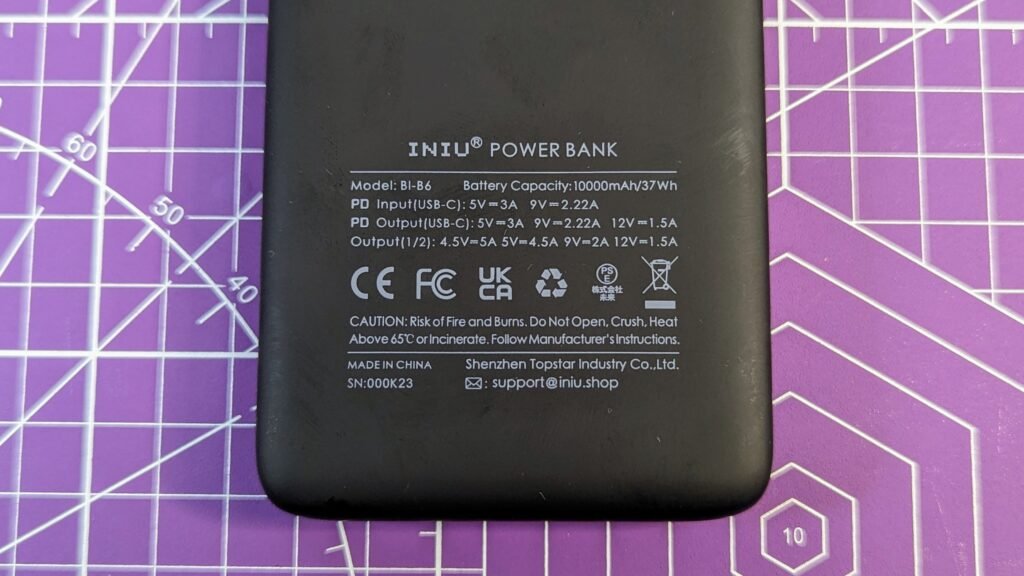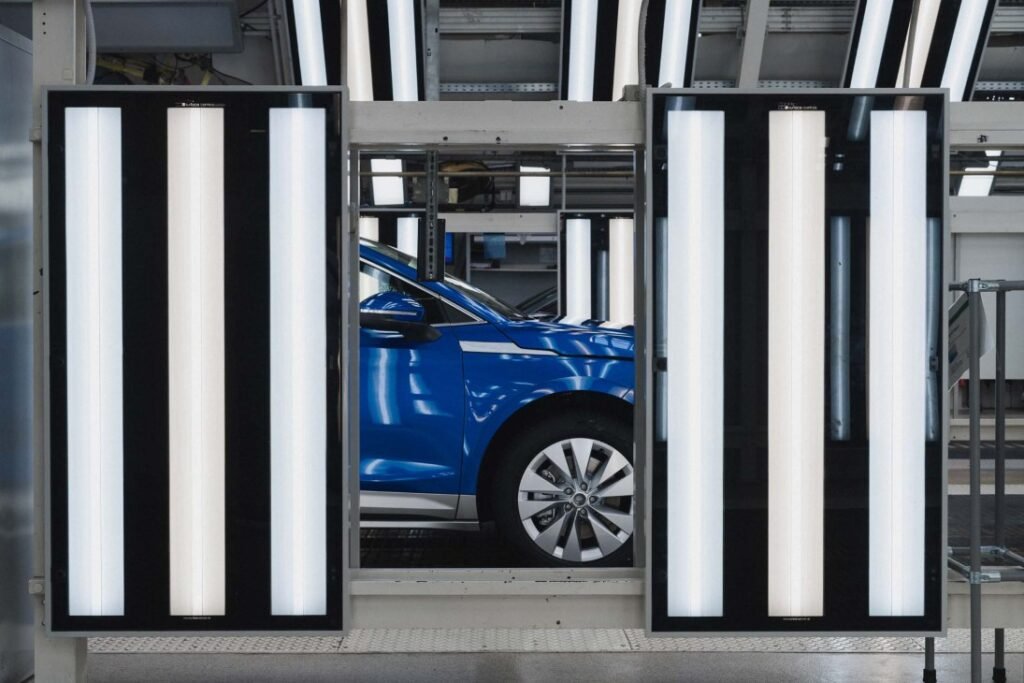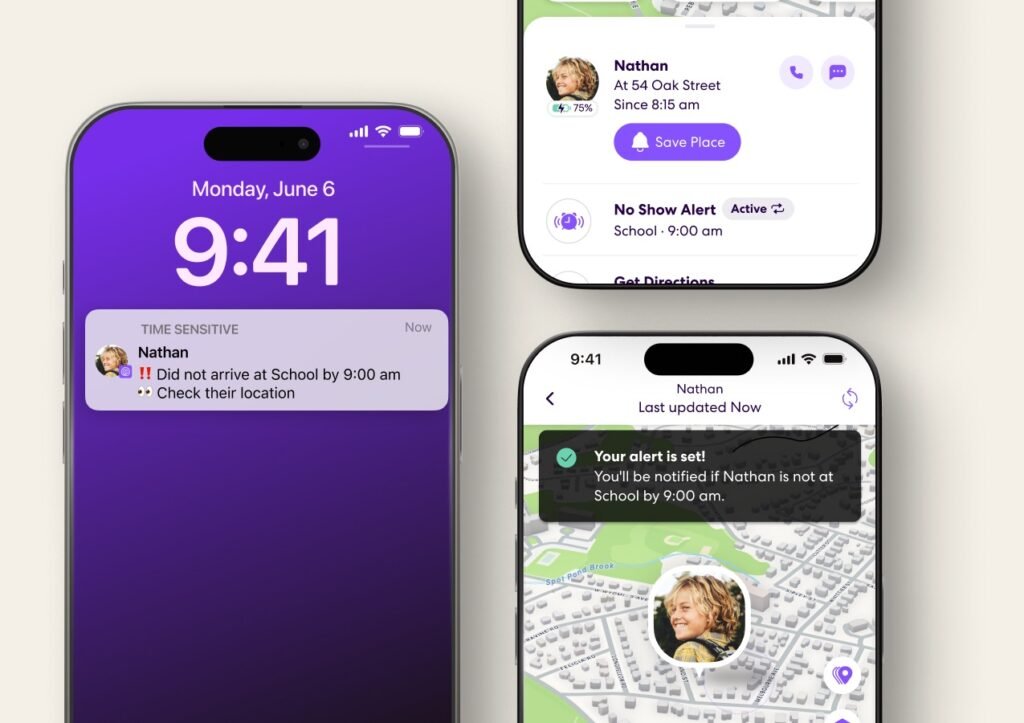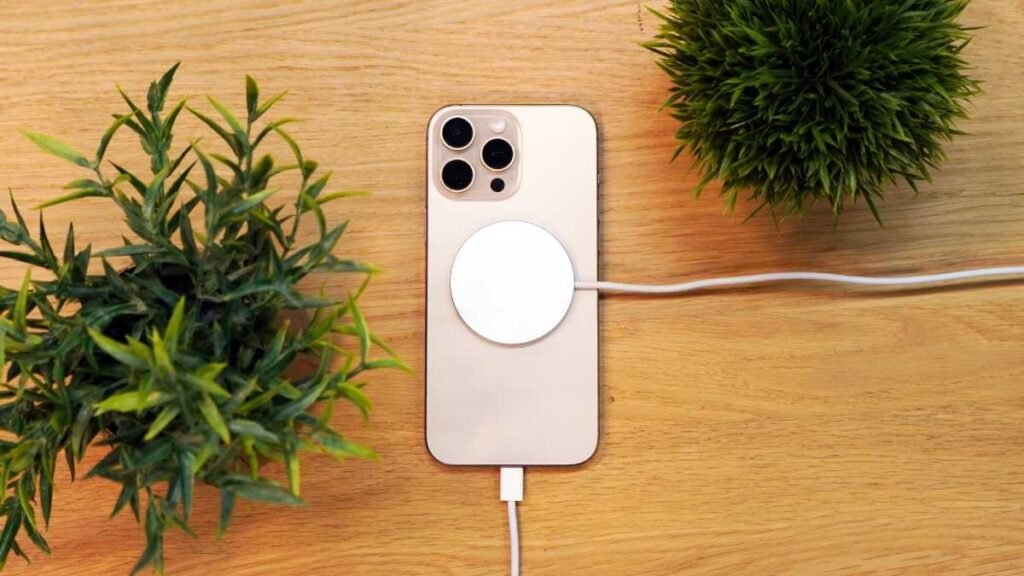We had a pretty good idea of what to expect at the 2025 Made by Google event, thanks the many leaks and teasers from Google itself, but it was certainly still a packed launch. Jimmy Fallon looking bemused, several unsubtle digs at Apple, squirrels drinking Pixel coffee – it had it all.
As for the tech, Google ushered in the Pixel 10, with fun colors and three cameras, as well as the Pixel 10 Pro and Pixel 10 Pro XL, and even a new foldable. The Pixel 10 Pro Fold does look impressive, but Samsung’s still got it beat on thickness.
Even so, these all feature Google’s latest in silicon – the Tensor G5 – to make Android run swiftly and to power a bunch of AI features, including full diffusion models on the device.
Google then showed off its repairability chops with the new Pixel Watch 4 and Pixel Buds 2a. The smartwatch and earbuds, respectively, all boast repairable designs. The Watch 4 also steps things up with some neat AI features and a domed display.
But there’s naturally still more to unpack, so below we’ve broken down the 13 biggest things we learned at Made by Google 2025…
13 things we learned from the Made by Google 2025 event
1. The base Pixel 10 finally has proper zoom
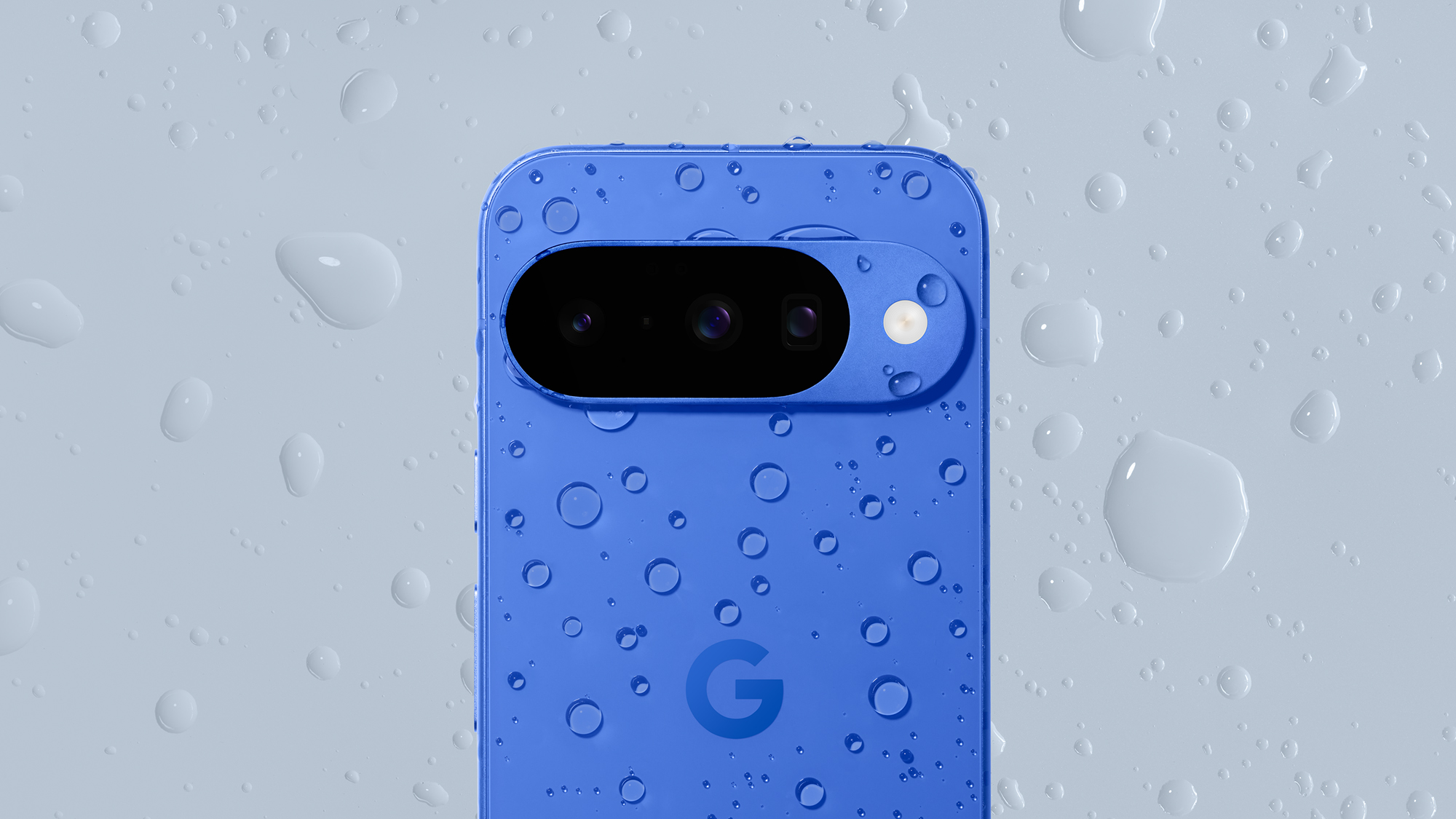
The Google Pixel 10 is arguably the most improved Pixel phone this year, because in addition to series-ranging features like Pixelsnap, Camera Coach, and the Tensor G5 chipset (all of which are detailed elsewhere in this roundup), it also gets a whole new camera.
Yes, that’s right: Google has finally equipped its base Pixel with a dedicated telephoto sensor, meaning you no longer need to go Pro to access optical zoom capabilities. Specifically, the Pixel 10 gets a 10.8MP telephoto camera with 5x optical zoom and 20x digital zoom, which is the same telephoto camera as you’ll find on the Pixel 10 Pro Fold.
Sign up for breaking news, reviews, opinion, top tech deals, and more.
Of course, the Pixel 10 Pro and Pixel 10 Pro XL are still the zoom camera kings – they get a 48MP telephoto sensor and up to 100x digital zoom. But by shipping with three distinct cameras, the base Pixel 10 has got an early head start on the iPhone 17.
2. The Pixel 10 Pro series look like the best Pixels yet

The Pixel 9 Pro was our phone of the year in 2024, and the new 10 Pro and Pro XL look like worthy successors.
Compatibility with Google’s new Pixelsnap accessories (see entry no.4 below) is a big enough bonus on its own. But the new Pros also combine a Tensor G5 chip with genuinely useful Gemini features and some inevitable camera upgrades.
There’s a new 5x telephoto lens, which is paired with a sensor that’s bigger than the one on the Samsung Galaxy S25, and isn’t far off the telephoto offering on the iPhone 16 Pro. And with new photography features like Camera Coach on board, we’re again looking at very strong contenders for the title of best camera phone.
3. The Pixel 10 Pro Fold pushes foldables further with two key upgrades

Google’s Pixel 10 Pro Fold didn’t rewrite the foldable script, but it’s still an excellent flexible flagship with a great camera array (thanks for the 5x optical zoom) and more baked-in AI than your average smartphone.
Google held the line on price (unlike some competitors), and polished key components, including a better selfie camera and the more capable Tensor G5 chip.

However, it really got our attention with two key upgrades: IP68 dust and water resistance (a first for a foldable) and Pixel Snap with Qi2 support. It’s like MagSafe (okay, don’t call it that) has finally arrived on Android, and we could not be happier.
4. There’s finally a MagSafe equivalent for Android, and it’s called Pixelsnap
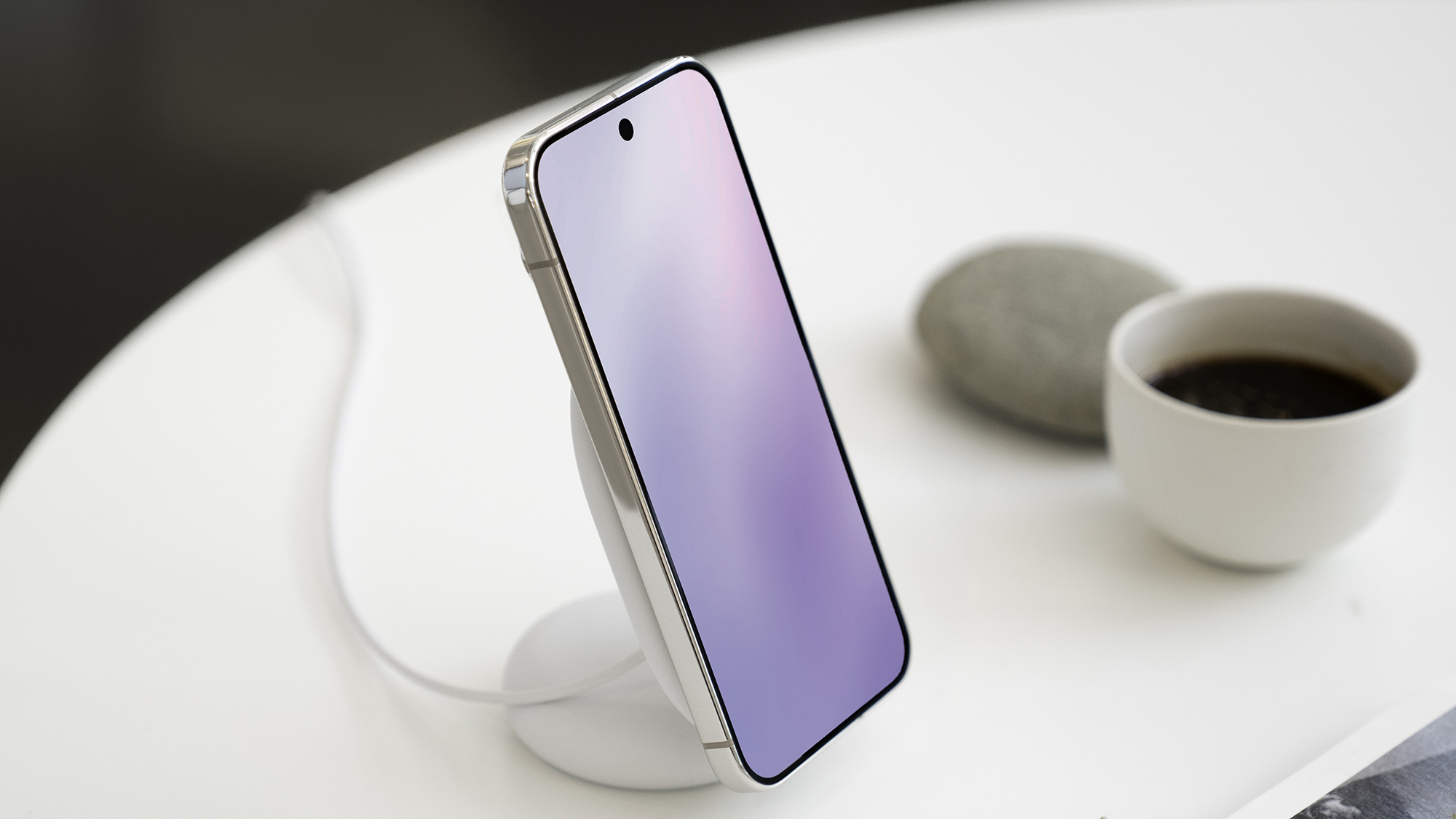
This one is sure to make folks with a Samsung Galaxy jealous – not only is Google adopting the Qi2 standard for wireless charging on the Pixel 10, 10 Pro, 10 Pro Xl, and 10 Pro Fold, it’s also adding a ring of magnets for something called PixelSnap.
And if that sounds familiar, it’s basically Apple’s MagSafe for the Pixel lineup and MagSafe accessories do work with Pixelsnap – even the MagSafe Battery Pack. Google has a few first-party accessories, including a ring that doubles as a stand, a wireless charging stand that packs some good heft, and cases with magnetic rings inside.
5. The Pixel 10’s Camera app can help you get the best shot
Google has long offered an excellent Camera app on all its Pixel devices, and the Pixel 10, 10 Pro, 10 Pro XL, and 10 Pro Fold all look to continue that tradition.
Thanks to Camera Coach, the Pixel will use models powered by Google Gemini to understand the scene you’re trying to capture and then suggest different ways to make it the best shot possible.
It can even tell you which mode to use – for example, a standard photo or Portrait – or give you tips on like adjusting your angle, turning on more lights, or even suggest a wildly different shot for a unique photo.
6. The Pixel Watch 4 has a new larger, curved display
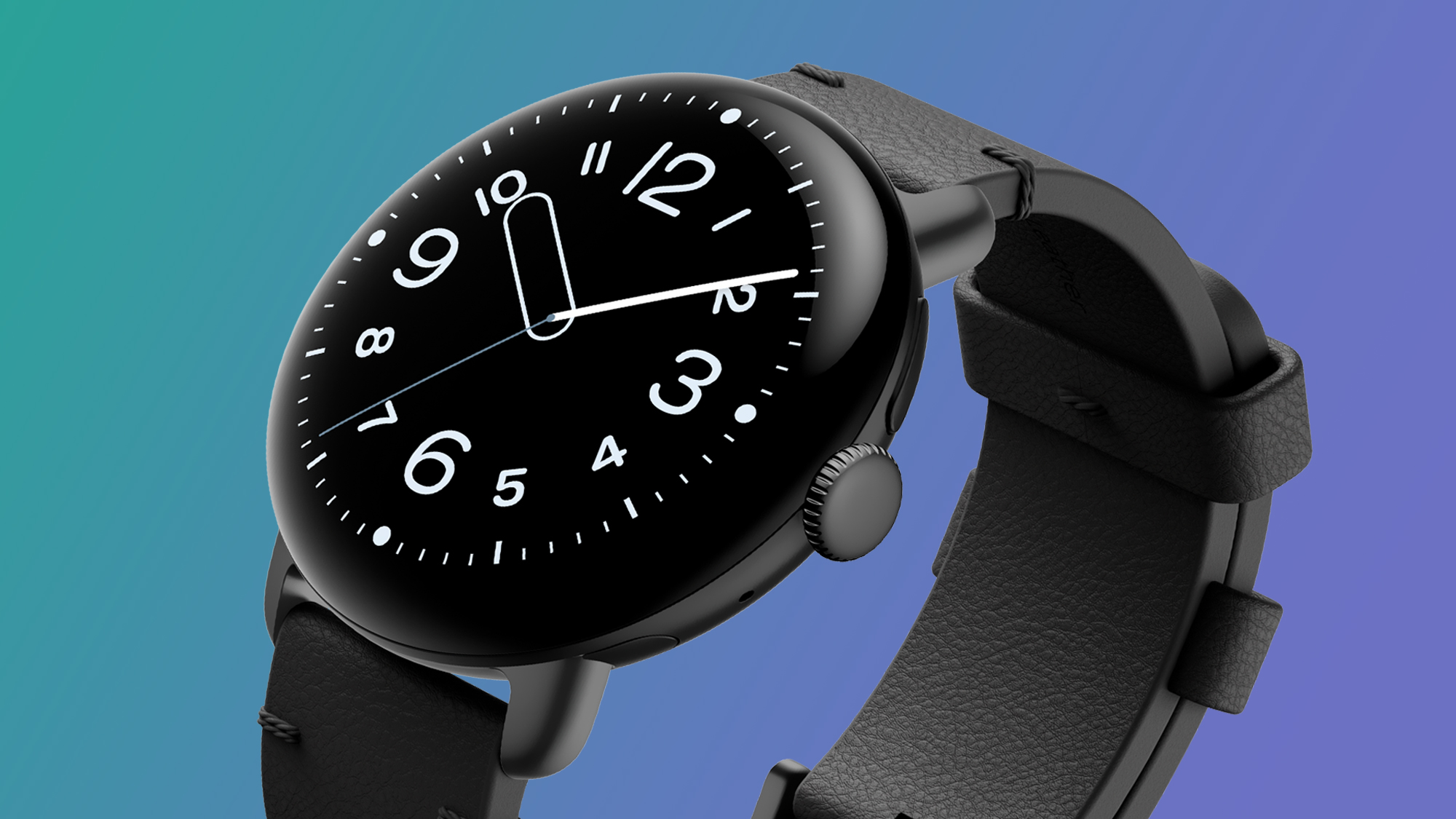
The Pixel Watch 4 comes in two sizes – 41mm or 45mm – and sticks with the now iconic, polished pebble-like circular build. It still has an all-glass front, but it’s now domed with an ‘Actual 360’ display that is 1,000-nits brighter than the previous generation.
Thanks to this curve, which you can feel as you run your finger over it or while navigating the interface, the Pixel Watch 4 has a larger usable space which extends the on-screen content further.
This is paired with a new user interface that felt plenty zippy in our early hands-on thanks to a new Qualcomm-made chip under the hood. It also powers some neat software features including Smart Replies, which means the suggested replies for responding to a message actually make sense – or at least, that’s the promise.
7. The Pixel Buds Pro 2’s upgrades are also coming to the current model
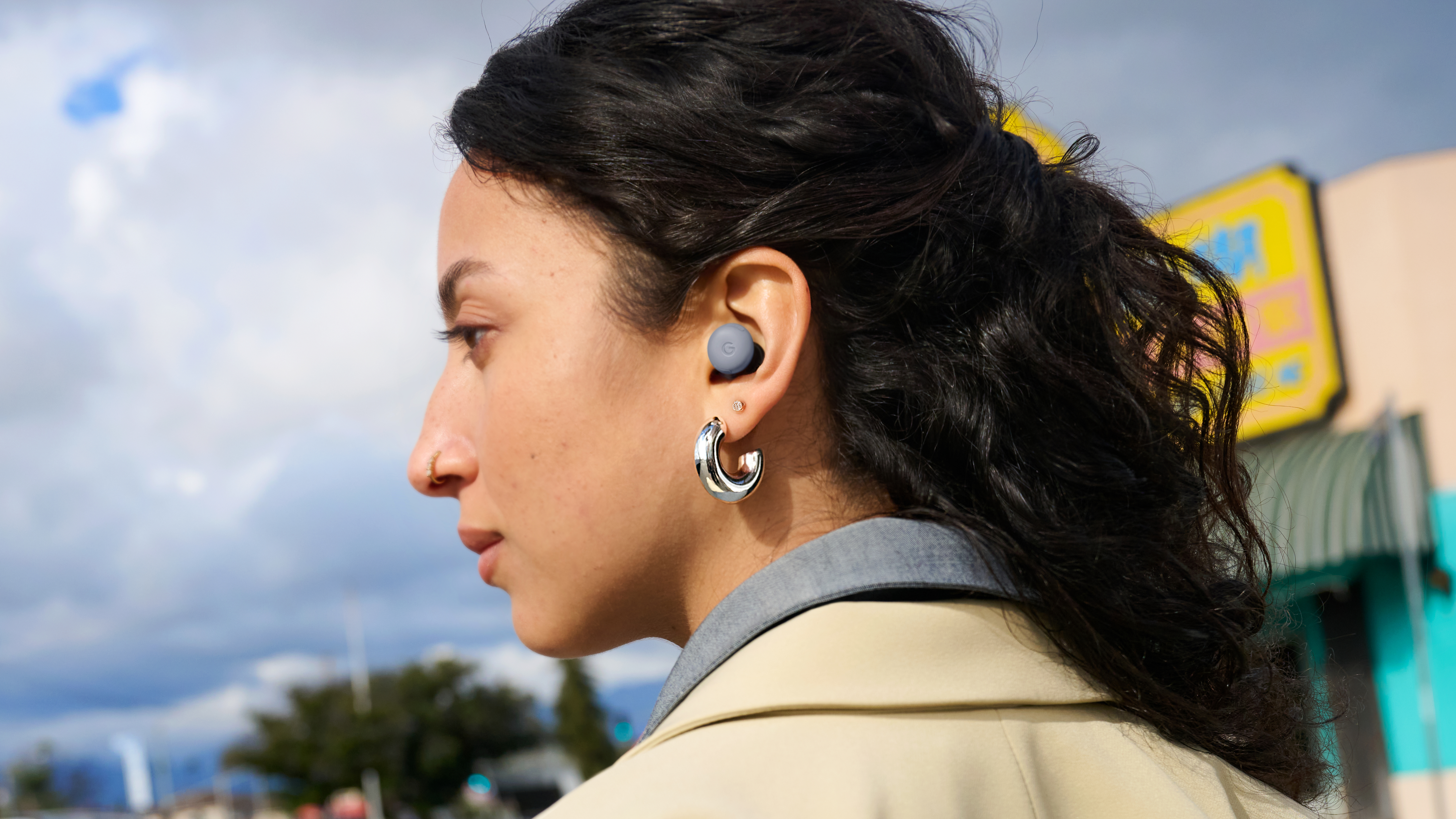
Loyal Google Pixel Buds owners will know that the Pixel Buds Pro 2 have been around since August 2024, but Google is rolling out a significant upgrade to its still-current flagship earbuds – and there’s a new color option, Moonstone, to match the Google Pixel 10 phone lineup.
The best part? All of the improvements (other than the new color, of course – you’d have to buy a new set to get that) will be delivered to existing Pixel Buds Pro 2 users via a free software update.
From September 2025, Pixel Buds Pro 2 will gain Adaptive Audio (Google-speak for adaptive noise cancelling) which aims to reduce extraneous noise and the impact of ambient sounds in your immediate vicinity, but without totally removing your situational awareness. This will arrive alongside Loud Noise Protection, a decidedly AirPods Pro 2-style perk that should quickly shut down unpredicted and blaringly-loud noise.
Also slated to land in September for the Pixel Buds Pro 2 is head gesture control, for picking up calls and replying to texts hands-free, plus improved audio processing for using Gemini in noisier environments.
Finally, they’ll also gain Live with Gemini support (think natural-feeling conversations with Google’s latest AI assistant), plus useful notifications about the remaining battery level within the earbuds’ case, so you need never get caught without enough juice ever again.
8. Google’s budget earbuds also got a welcome upgrade

Alongside a slew of updates that will arrive via a free software update for the flagship Pixel Buds Pro 2, Google’s also finally updating its affordable earbuds. Yes, that means a new A-series entry, more specifically the Google Pixel Buds 2a.
These earbuds are more compact and less bulky than the Buds Pro 2, but also have the twist-to-lock stabilizer for getting a comfortable ear fit. These also usher in active noise cancellation and a transparency mode for the first time to the A-Series, thanks to the new Tensor A1 chip – and Google promises their feature set will be as good as the original Pixel Buds Pro.
You also get long battery life, Gemini in your ears – well, via your linked Pixel phone – and support for Spatial Audio. Best of all, these start at $129 and could be a compelling option depending on how they perform.
9. Replaceable batteries are finally becoming more common
While the Pixel 10, the Pixel 10 Pros, and the Fold didn’t receive a callout for repairability, the Pixel Watch 4 and Pixel Buds 2a both did. On the earbuds, not only are the affordable earbuds case much more compact (they’re seriously palm-able) their battery is also replaceable.

Similarly, the Pixel Watch 4 might look similar, but it now features screws on the side that make it much more repairable, giving you the option to replace the display and battery parts (depending on the region you’re in). That’s arguably a bigger deal than the new curved Actua display and an example we hope Apple, Samsung and Garmin will follow.
10. Gemini has some handy new AI tricks
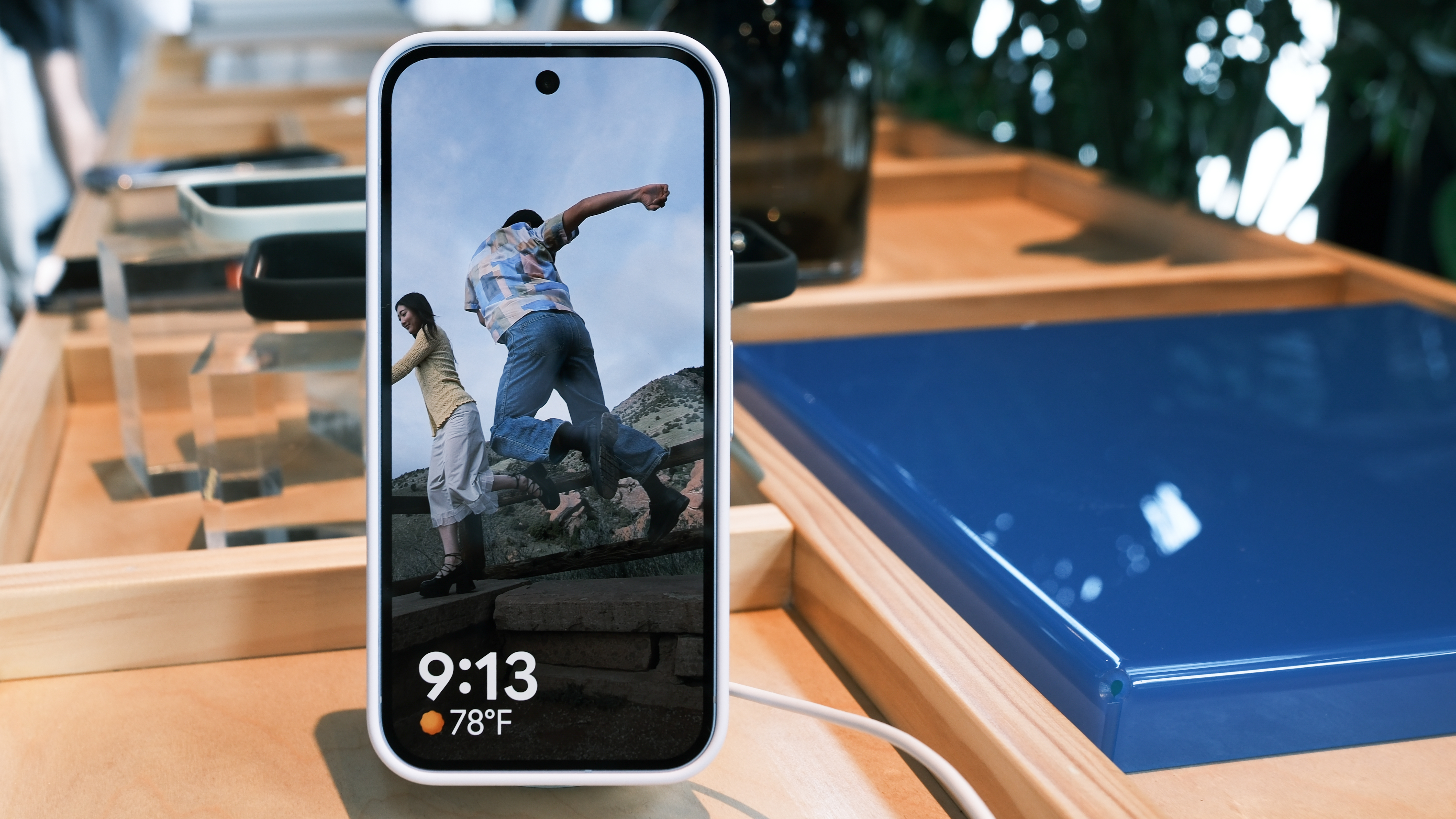
It wouldn’t be a Google event without some flashy new AI features, and this year’s Pixel launch delivered again with some smart new Gemini tricks.
Firstly, Gemini Live – Google’s natural language voice conversation mode – is even easier to use on the Pixel 10 thanks to new Visual Overlays, which will highlight on your screen what Gemini is talking about.
The Pixel 10 series also have Magic Cue, which lives in your Daily Hub and will apparently proactively help you with chores that are mentioned in your emails or messages – for example, restaurant reservations or booking Airbnbs.
If you get stuck with a technical issue on your Pixel 10, there’s also an on-device, AI-powered agent to help you troubleshoot issues, while a new Voice Translate feature in the Google Phone app can translate your call in real-time.
With the likes of Camera Coach and Pixel Journal (Google’s answer to Apple’s Journal app) also on board, there’s lots of new Gemini-powered fun to play with – and with a year of free Google AI Pro coming with all Pixel 10 purchases, you’ll have plenty of time to try them all.
11. Fitbit’s Gemini-powered AI Coach will roll out in October
Starting from October in the US, and presumably rolling out to other regions in due course, Fitbit users will be getting a long-promised AI fitness coach.
Described as the equivalent of “a whole panel of experts delivering personalized insights on all walks of life” and specializing in “world-class fitness tools”, the advice will cover sleep, workouts, recovery and a general “health and wellness advisor” service.

Not much is known about the tool at this stage, as unlike most of the other new features, there was no demonstration on how it’s going to be used in action. However, based on the use of the term “advisor”, we could theorize that it’ll be similar to the Oura Advisor service on the Oura Ring, an AI chatbot that uses contextual information from your fitness tracker to answer personal questions about your health, doing all its processing on-device for privacy.
The only other two things we do know about the service is that it’ll be backed by science, and it boasts NBA all-star Stephen Curry as a “performance advisor” of sorts, whatever that means.
12. Google couldn’t wait to throw shade at Apple
Google is no stranger to subtle digs at Apple, but this year’s Made by Google event saw it give Tim Cook et al several sharp jabs in the ribs. Firstly, Google’s head of devices Rick Osterloh noted that there have been “a lot of broken promises” when it comes to launching AI smartphone features. Hey Siri, what could that possibly be referencing?
But that wasn’t the only unsubtle call-out. On the subject of RCS messaging (which Apple now supports), Google’s Vice president of marketing Adrienne Lofton said: “The green-blue bubble battle is silly and it’s tired, and at Google we’re done with that conversation”. Say what you really mean, Google.
With the later Pixelsnap segment talking of “walled gardens” and companies that lock you into their accessories, the event’s friendly tone was laced with a barely-concealed contempt for Apple. The ‘Android vs iPhone’ battle just got even spicier.
While the Pixel Watch 4 only got a brief showing during the Made by Google presentation, in which Peloton’s Cody Rigsby took it for a spin during a brief workout, we got a glimpse of some of the watch’s new features.
It was offhandedly mentioned that the Pixel Watch 4 was “as accurate as a chest strap” for monitoring your heart rate, an impressive feat for a wrist-mounted fitness watch – although no statistics were presented to verify this.
The Pixel Watch 4 can also turn a Pixel phone into a simple cycling computer to display stats during cycling workouts, and boasts impressive-looking activity recognition similar to a WHOOP band. If your watch knows you play soccer on Sundays, it should automatically recognize when you start your workout, and also realize that it’s your regular soccer game.
Another first-of-its-kind feature highlighted during the presentation was the watch’s off-grid satellite connectivity, capable of activating its emergency service alerts without using your phone’s data.

